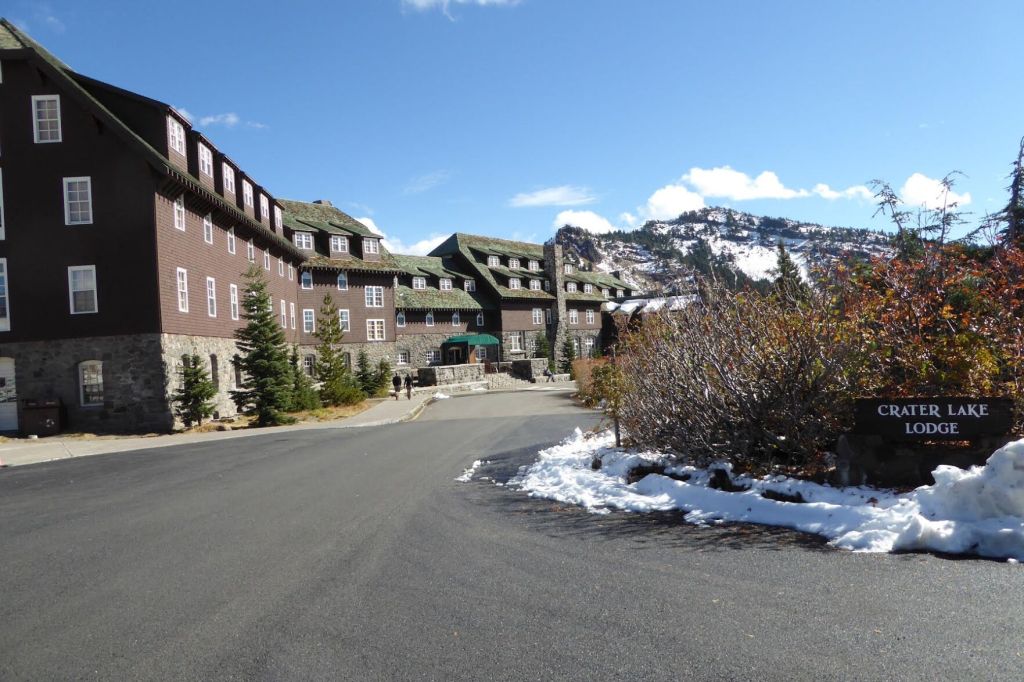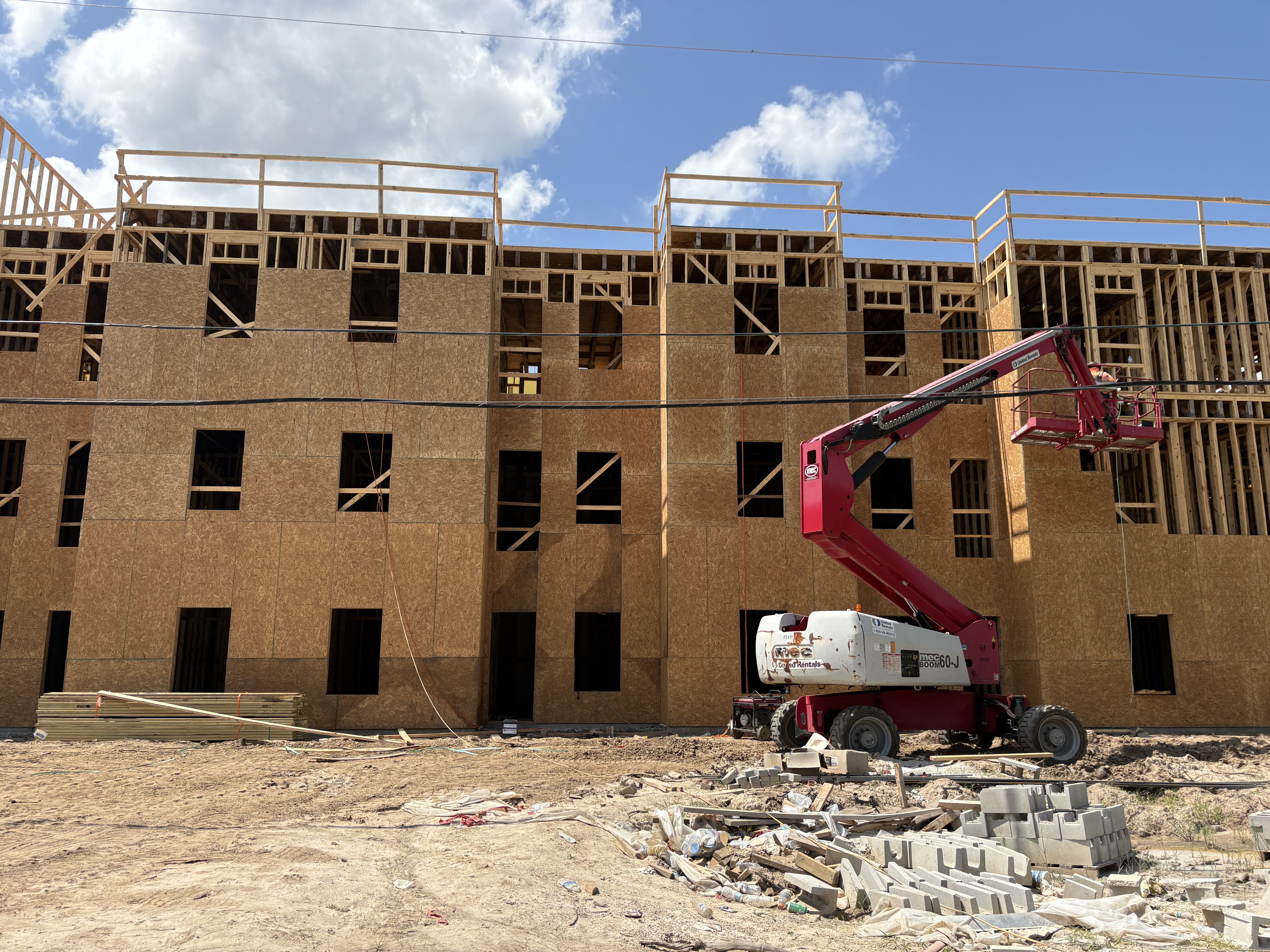TRAVEL: Having a better national park vacation
Published 3:00 pm Saturday, March 19, 2022

- Crater Lake Lodge in Oregon has long been one of our favorite national park lodges.
During the summer of 2021 travelers who chose to visit a national park likely wondered if the rest of the country had decided to arrive at about the same time, with many parks jammed to the brim. The result in a number of parks was overflowing parking lots, long waiting lines for food service, and, in some, a full sign at the entrance.
Yellowstone for the first time surpassed 4 million visitors in 2021, a milestone that occurred in mid-September. Other well-known parks set visitation records as a coronavirus-weary citizenry sought relief in America’s national parks. The overcrowding was made worse at many parks by staffing shortages.
Depending upon the severity of the virus during the upcoming spring and summer, park visitation in 2022 may equal or surpass that of 2021. Planning for a national park trip has always been important, but this year introduces more uncertainty. Here some ideas that may help with your planning.
1. If possible, visit during a park’s off season. The majority of national parks welcome a high percentage of visitors during three or four months of summer. Although California’s Yosemite National Park is open all year, a little less than half of the visitors arrive during the four months from June through September. Acadia, a popular national park in Maine, experiences 62 percent of annual visitation from July through September. Because summer is high season for many national parks, spring and fall can be ideal times to visit and avoid the biggest crowds. Another benefit is lodging park lodging is easier to reserve with prices that are sometimes reduced.
2. Choose one or more of the less-popular parks. Many travelers place a high priority on visiting only the better-known parks including Yellowstone, Grand Teton, Glacier, Rocky Mountain, Great Smoky Mountains and Zion. The National Park Service administers 423 sites including 63 that are classified as national parks. Each is a special place and worth a visit. Great Basin National Park in eastern Nevada is a large scenic park that in 2019 recorded 132 thousand visits as compared to 2.5 million visits to Zion National Park. We’re using 2019 here because visitation to most parks was negatively impacted in 2020 by covid. Big Bend National Park in southern Texas recorded 460 thousand visits in 2019, about a tenth of the visitors to Yosemite the same year. Busier doesn’t necessarily mean better.
3. Try to book lodging inside rather than outside a park. The best time for exploring most parks is the early morning before day visitors arrive and late afternoon when most visitors have hit the road. The experience of watching a sunrise at Grand Canyon National Park is magnificent, in part because much of the rim is deserted. Likewise, the best time to stroll through Yellowstone’s Upper Geyser Basis is following an evening meal.
If you wish to stay in a lodge inside the park try to secure a reservation as early as possible. Like right now. But first do a little research on the different types of lodging that are offered. Some parks have several lodges. Yosemite offers lodging facilities in Yosemite Valley, near the South Entrance, and in the high country along Tioga Road. Yellowstone has nine lodges scattered throughout the park. Grand Canyon National Park has multiple lodging facilities on the South Rim and one lodge on the North Rim. Glacier National Park offers multiple lodges on both sides of the park. Park lodging sometimes includes less expensive rooms that require occupants to use a community bathroom. Book directly with the concessionaire in each park, not a travel agency that is likely to charge a fee for its services and employ agents with little knowledge of national park lodges.
4. Research a park’s website when planning your trip and continue checking for updates before departure. Park websites typically include important alerts such as road and facility closures. They also offer updates on restrictions due to the coronavirus. During the 2021 season Glacier National Park began requiring reservations for driving the Going to the Sun Road, one of the park’s most popular activities. Several national parks including Arches started restricting the number of vehicles permitted in the park at a given time. Websites for each national park unit can be accessed at www.nps.gov.
5. Make the park’s visitor center your first stop. Check on scheduled activities including ranger-guided walks and interpretive programs, most of which are free and nearly always enjoyable and educational. Visitor centers typically offer a video that introduces visitors to the history, geology or some other important aspect of the park. Ask a ranger how to make the best use of the time you will be in the park.
6. Don’t overdo it and try to include too many parks in a single trip. We have talked with individuals who plan to visit Glacier, Yellowstone and Grand Teton in a little over a week. This is madness. Yellowstone and Grand Teton, maybe, but adding Glacier to the trip is a mistake. Glacier, itself is worth at least a week. Don’t ruin a national park vacation by spending most of the time driving from park to park.
8. If you will be driving a significant distance to a destination park such as the Grand Canyon or Yellowstone, check if other National Park Service units are located along the way. Devils Tower National Monument and Badlands National Park aren’t far out of the way for many easterners driving to Yellowstone. Colorful Cedar Breaks National Monument is convenient for visitors to Zion National Park, Bryce Canyon National Park and the North Rim of the Grand Canyon.
No matter which national park you choose to visit, planning ahead is the key to having the best possible experience. And don’t forget to give thanks to the individuals who had the foresight to save these wonderful places for you and the rest of us.
David and Kay Scott are authors of “Complete Guide to the National Park Lodges” (Globe Pequot). The Scotts live in Valdosta.





